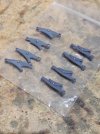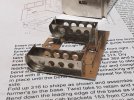More work today on the leading LH coupling rod.
Bottom etch is the rear piece of the rod with N/S soldered to the "little end". This is to help push the rod towards the loco centre line, so it is offset in relation to the other two rods.

The "big end" of the same etch showing a length of N/S strip soldered to it. This piece is on the opposite side to that on the little end.

Both additional pieces filed to follow the profile of the etch.

LH coupling rods, showing the modified leading rod lined up.

Top view, which illustrates the leading rod being offset relative to the other rods. You can also see where the leading boss is now also offset too, as per the prototype.

RH coupling rod to do next.
Ian



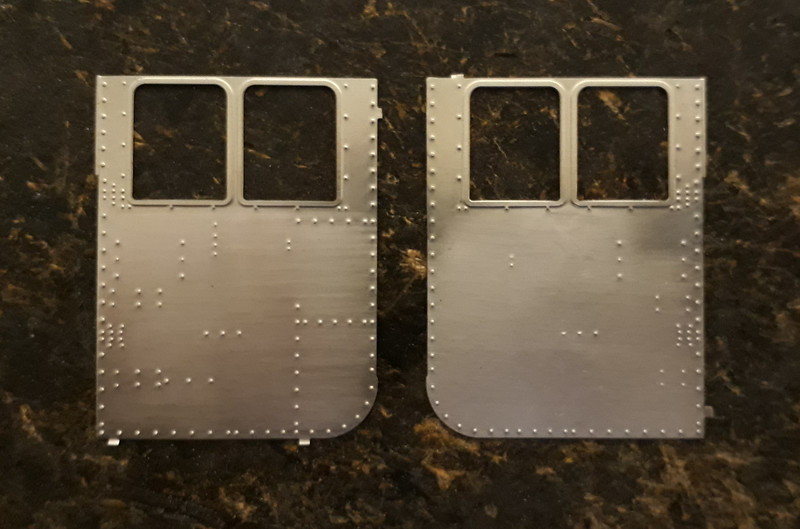


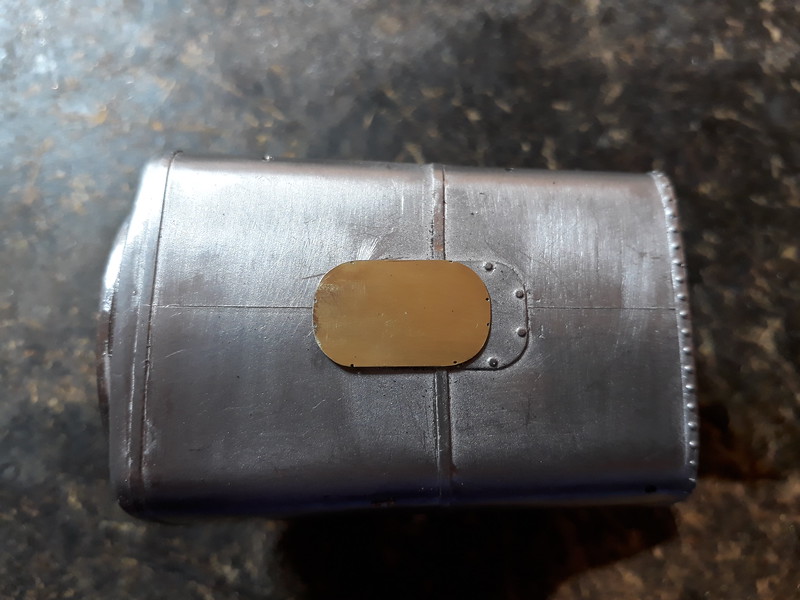



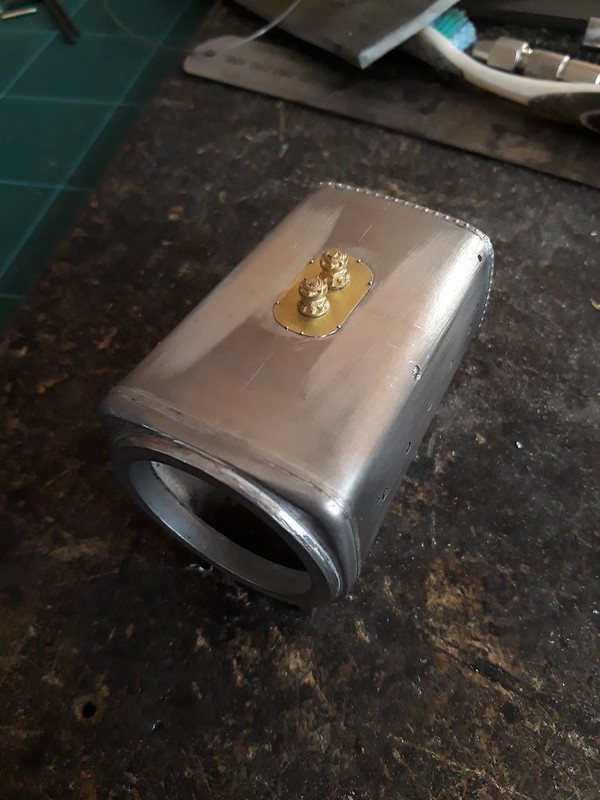
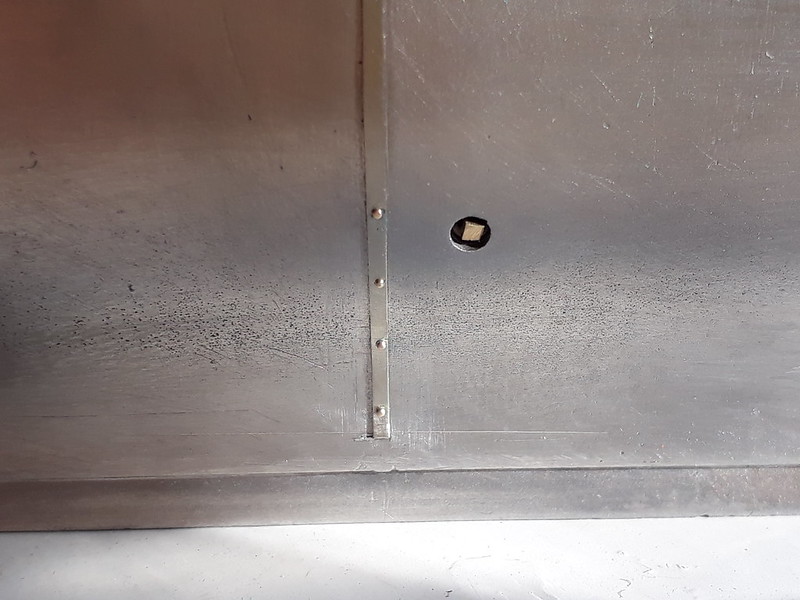
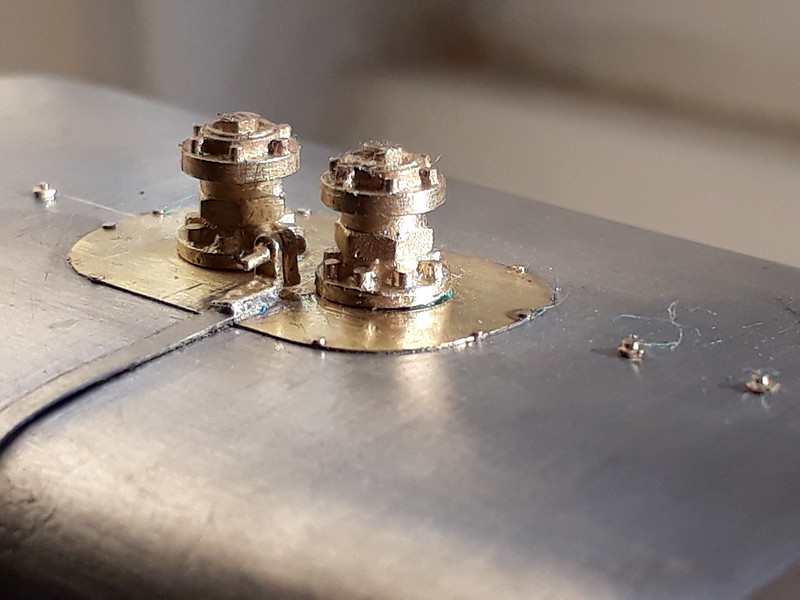
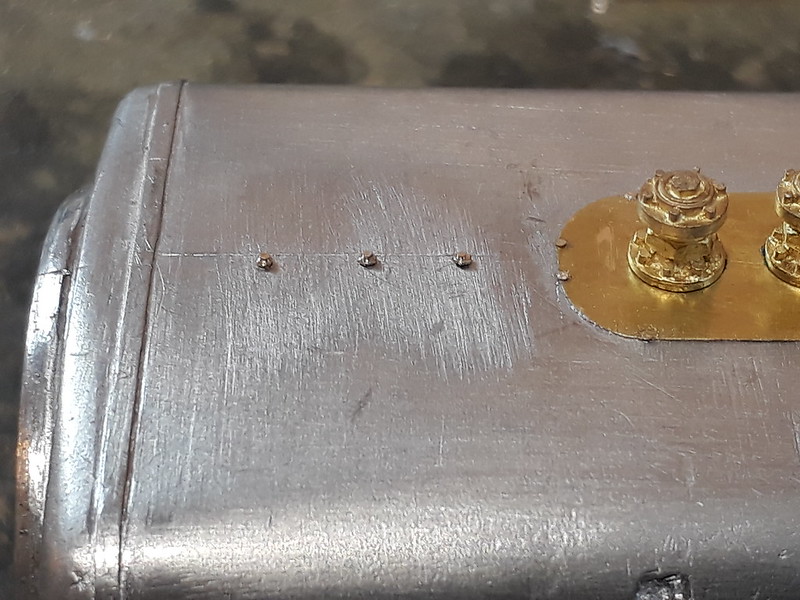

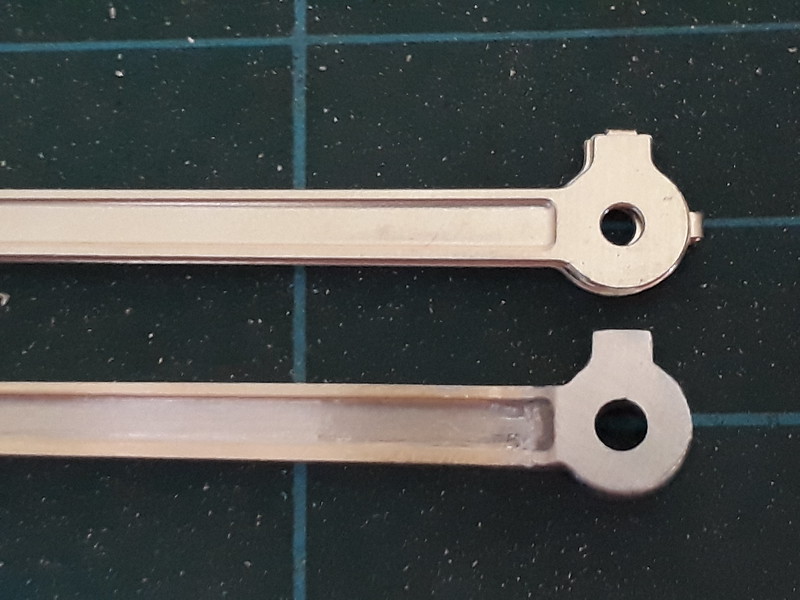
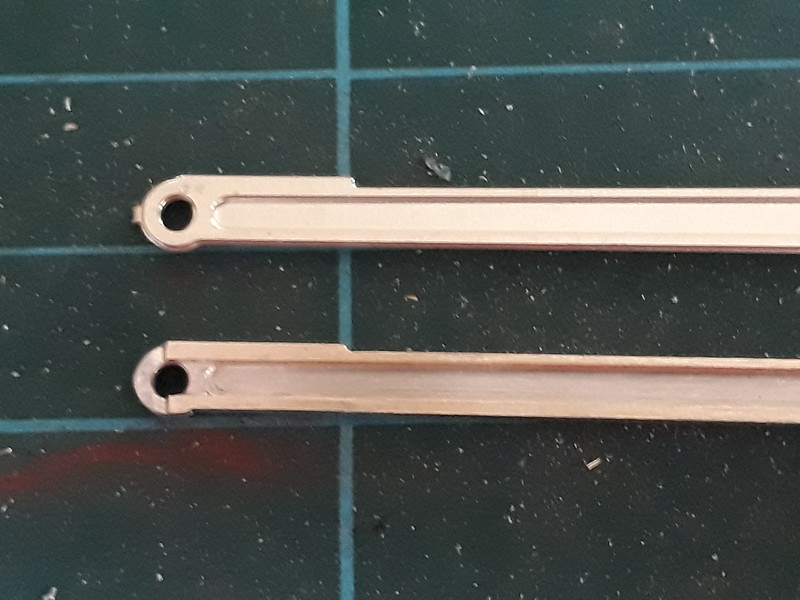


 1613588138624
1613588138624 20210217_183254
20210217_183254 20210217_183335
20210217_183335





